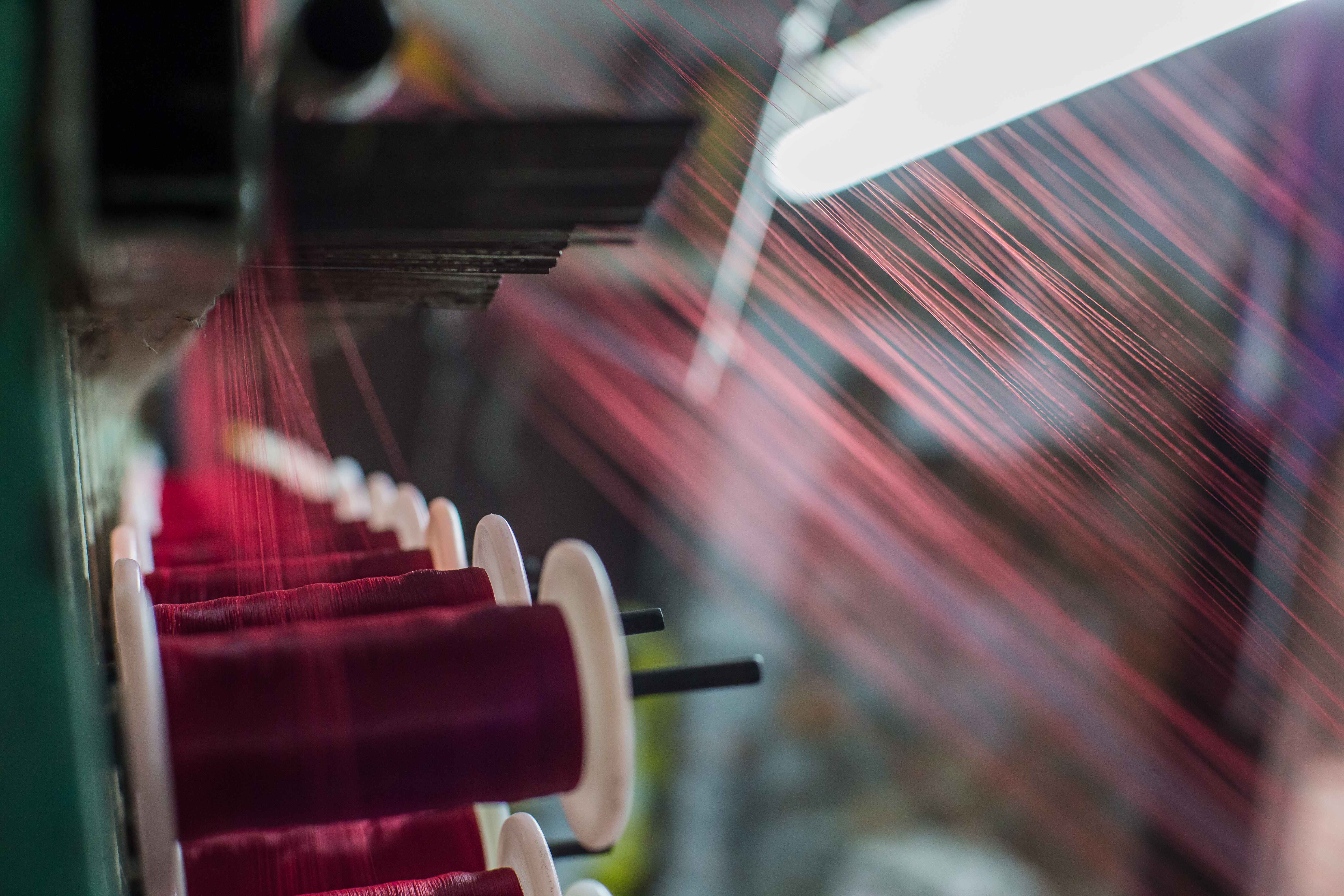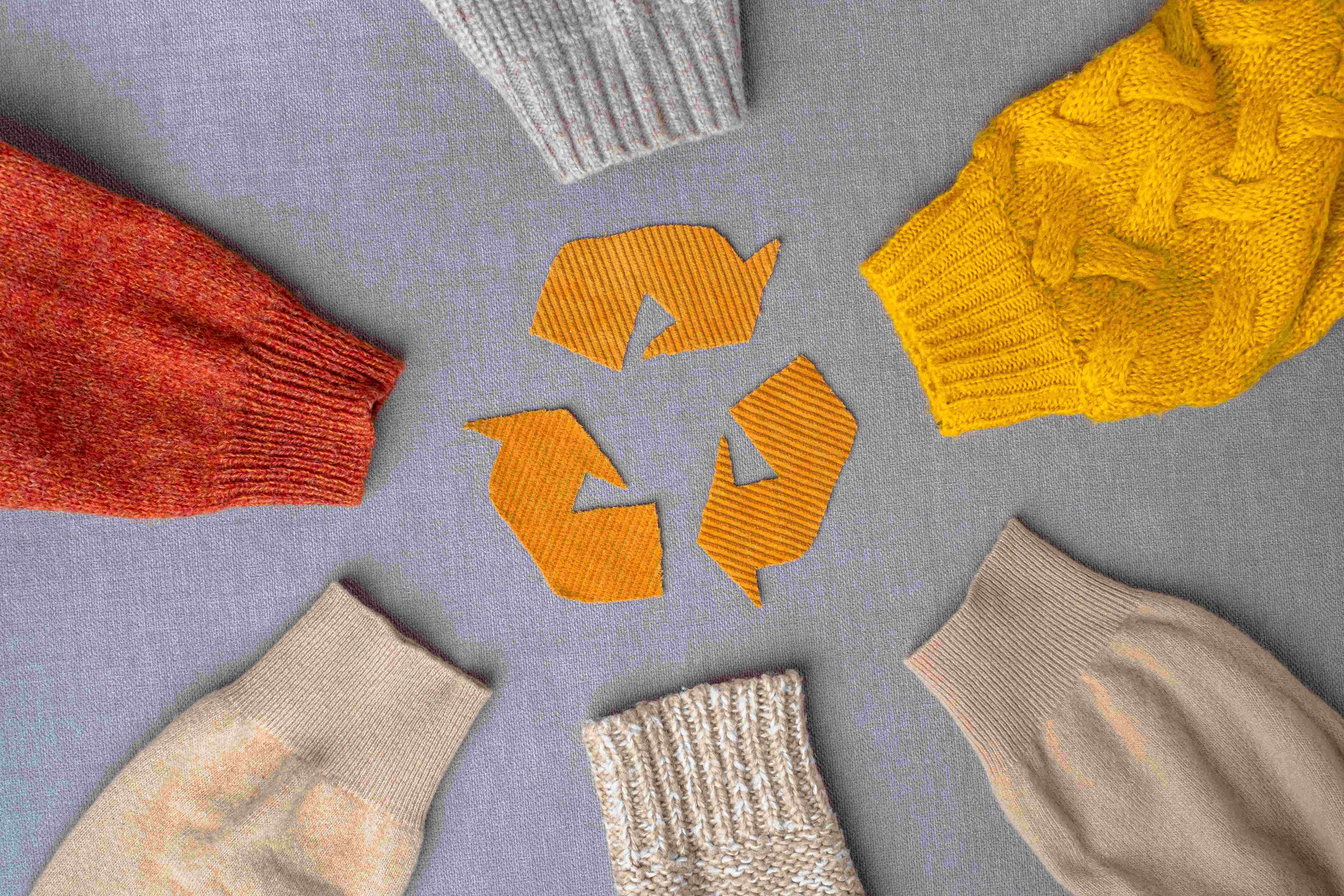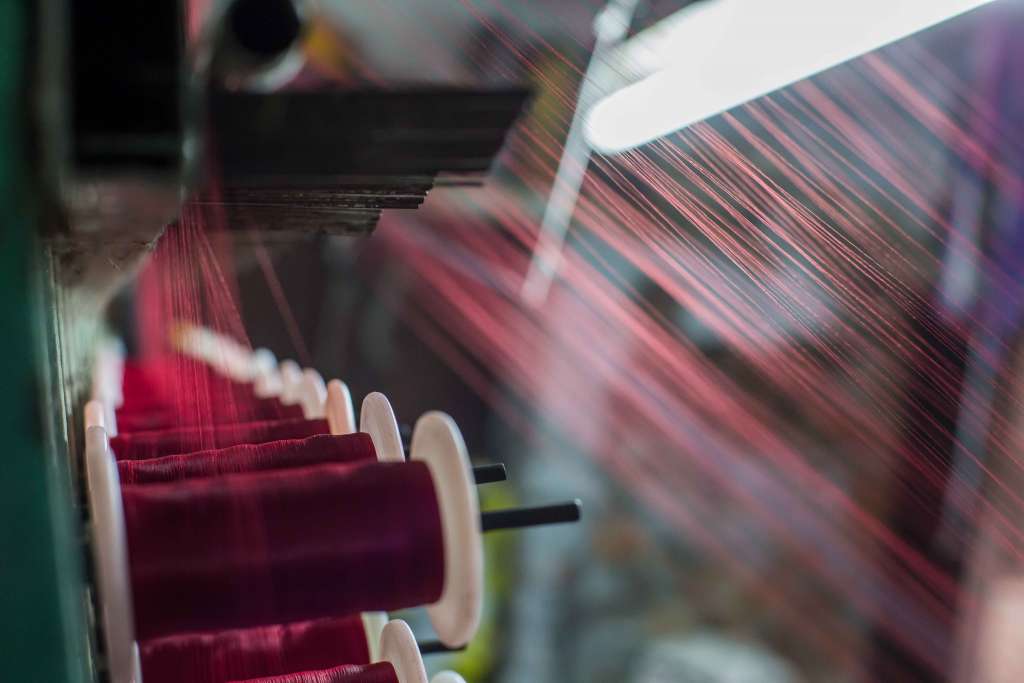The Sustainability Mantra for Fashion Development



Summary: Sustainability development goals ensure that brands understand their value/burden as an entity to our planet. While it cuts down on waste and pollution, it also propels and fuels innovation. Sustainability is the basic mantra to reach the future. Don't forget to put on your green belts and enjoy the ride!
Fashion shines like a beacon against the horizon of consumer preference. As an industry, fashion thrills consumers like no other. But this comes at a hidden cost.
The fashion industry accounts for 10% of global carbon emissions and is the second-largest consumer of the world’s water supply. To put things into perspective, the global carbon dioxide output by the fashion industry is more than international shipping and flights combined, as per the United Nations Environment Programme. Of the 300 million tons of plastic that the world produces each year, fashion accounts for a fifth of it.
In the societal context of things, a few lines from the 2017 McKinsey report on the 'State of Fashion' may help. “Fashion is one of the world’s most important industries, driving a significant part of the global economy. It is one of the key value-creating industries for the world economy. If it were ranked alongside individual countries’ GDP the global fashion industry would represent the seventh-largest economy in the world,’’ it said.
In a situation such as this, it becomes imperative for brands and businesses to ponder over their footprint on the world and society and that's where sustainable development goals enter the scene. The aim is for brands to thrive socially, morally, economically, and in favor of consumer preference. Only if the concoction of all the above is right in tandem with changing times can a brand be termed sustainable-conscious.
Sustainable Development Goals (SDGs)

SDGs are in the driving seat of the 2030 Agenda for Sustainable Development, which was adopted by all United Nations member states in 2015.
The SDGs aim to address environmental degradation, global poverty, inequality, peace and justice. If brands adopt these SDGs, the world of fashion would be a step ahead on the road to equality, lesser carbon footprint, biodiversity, and holistic well-being.
A walk-through
The Cinque of Poverty: The aim is to end global poverty. There are currently more than 700 million people who live in poverty and the fashion industry holds the power to alleviate it. An Oxfam report reveals that only 4% price of a garment supposedly reaches the workers. Companies should take a step forward to tweak the cost margins to participate in reducing poverty levels.
Gender Prowess: 70%-80% are women, of the 60-75 million people who are directly associated with the fashion and textiles industry. Many of these women are subject to verbal and physical abuse, exploitation, low pay, and unsafe conditions. The fashion industry may heavily rely on women in their supply chains but most brands do very little to address gender inequality. Investment in women and female members so that they can actually benefit from their jobs is crucial to achieving gender parity while aiding poverty reduction.
Water Sweeper: Chemicals from dyes contribute heavily to environmental pollution and also harm marine life. The fashion industry is responsible for 20% of the global wastewater generated. Fashion brands need to trace their wastewater to understand how it impacts society, land, flora, and fauna. Water management thus becomes crucial to cut toxicity at the roots. Companies should incentivise water management practices to do their part to keep the pollution out of water ecosystems.
Climate Charger: Fossil fuels and plants are used extensively to produce raw materials for the apparel industry. Forests and grasslands also bear the brunt of the extraction of rubber, bamboo, wood pulp for viscose fiber, etc. These are small ways in which climate is impacted. Fashion brands, on their part, could turn up the heat on renewable energy and focus on bettering energy efficiency to cut wastage across supply chains.
Land and Water Protector: Microfibres, the offsprings of the dreaded plastic, are an enemy to water life and biodiversity. Even the most advanced of water treatment plants can eliminate approximately 90% of microfibre. Commercial washing machine filters can enhance the filtering capability of wastewater treatment plants. The fashion industry also greatly infringes upon the land, chipping away at biodiversity via habitat loss. It is projected, that by 2030, 35% more land for fiber production will be required. So, being conscious of these things can help brands steer clear of treading too heavily on the planet.
SDG: The new fashion mantra
The world is definitely our oyster and fashionably so, so brands would be well advised on the sustainability wagon to stay in style. Society has come together as a planet in support of preserving Mother Earth and its future. Sustainable development goals can only streamline the process.
Key Takeaways
i) 60-75 million people, globally, are directly associated with the fashion and textiles industry with 70-80% of them being women.

ii) As per an Oxfam report, only 4% price of a garment supposedly reaches the workers.
iii) The fashion industry accounts for 10% of global carbon emissions and is the second-largest consumer of the world’s water supply.



















